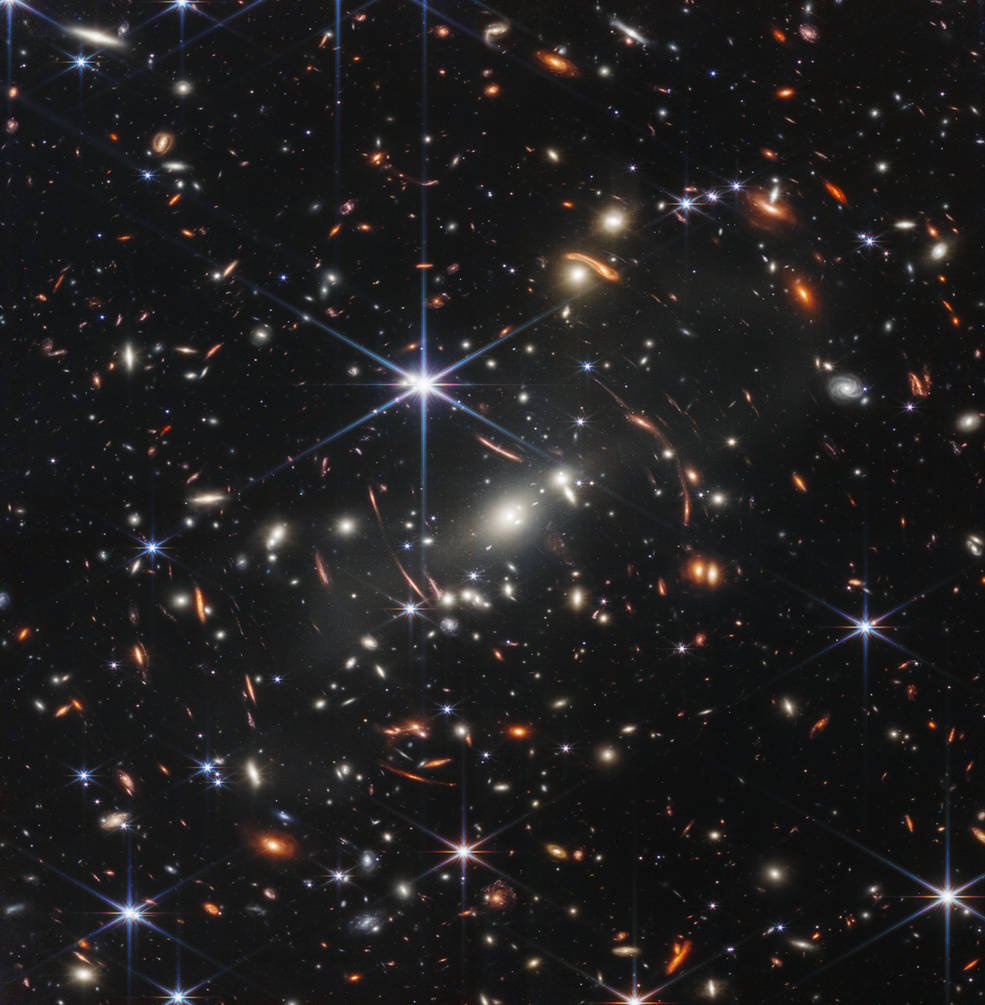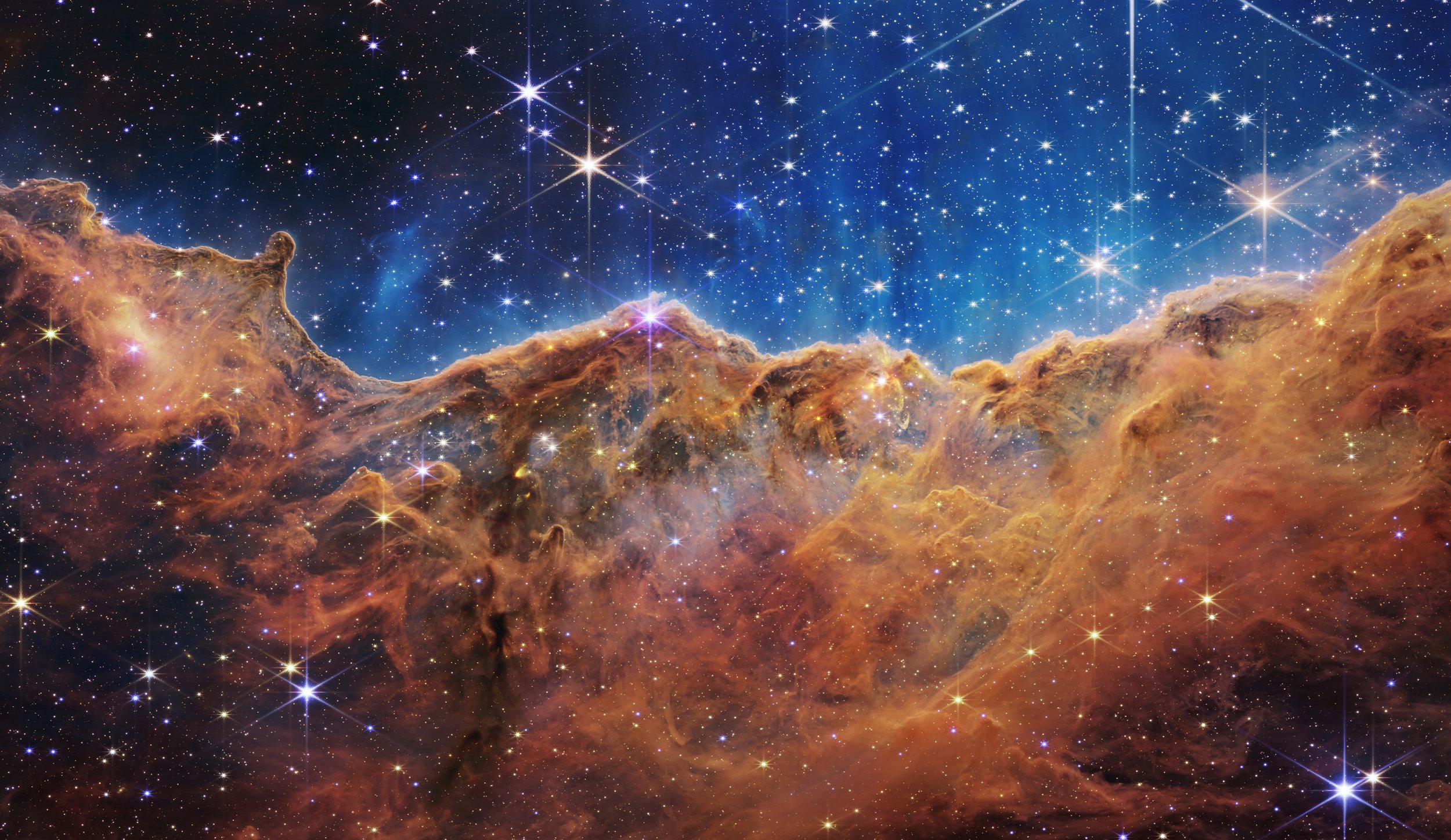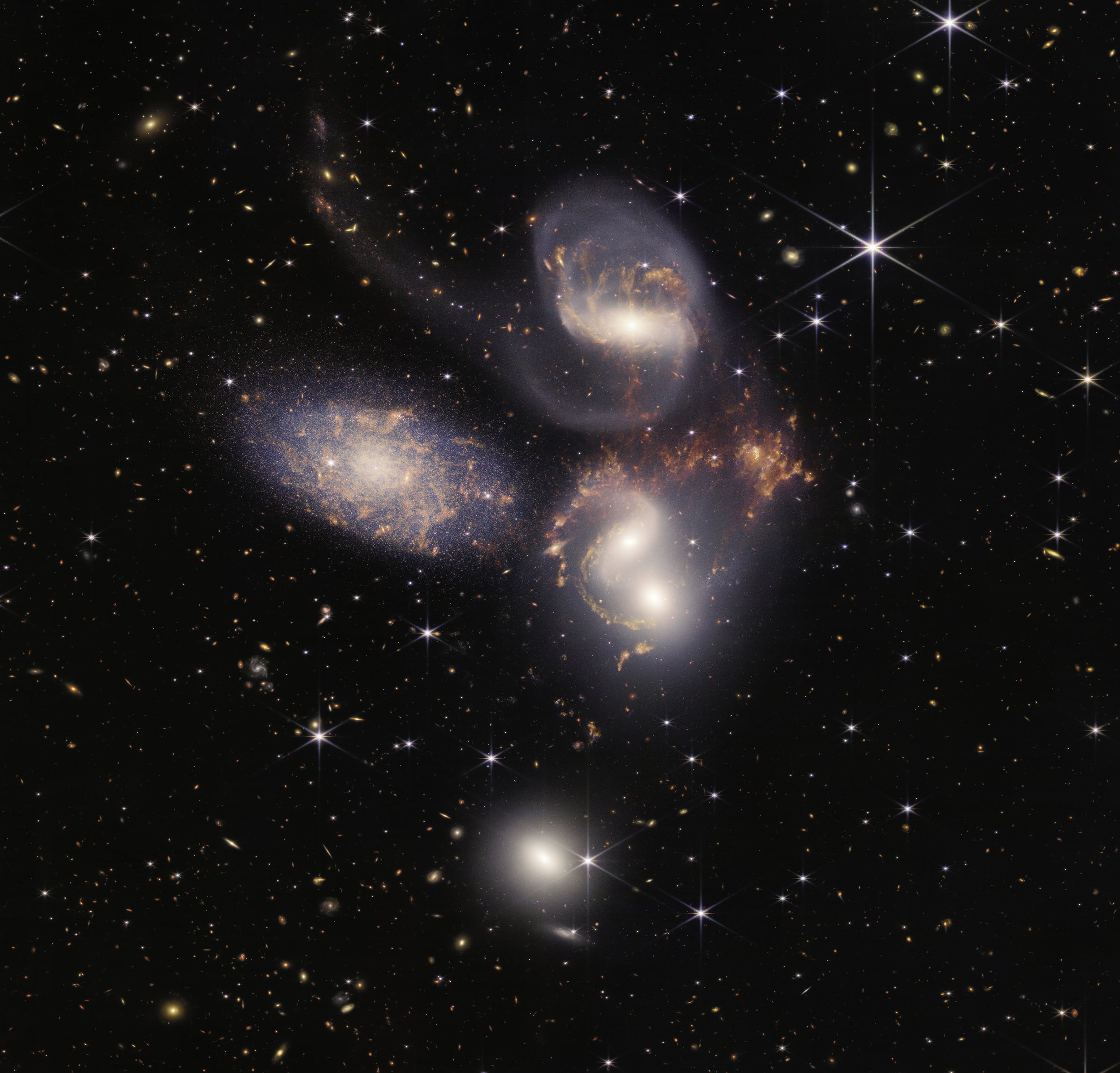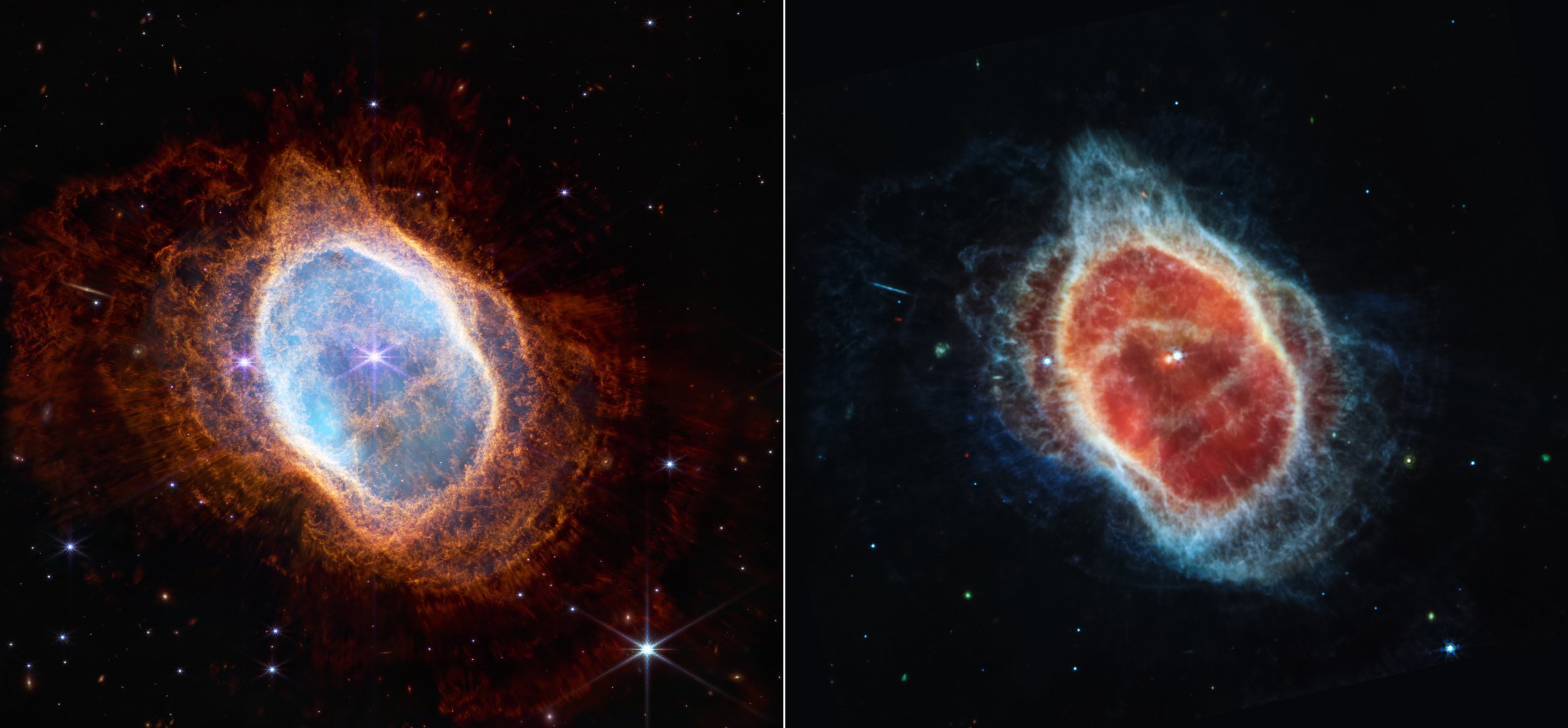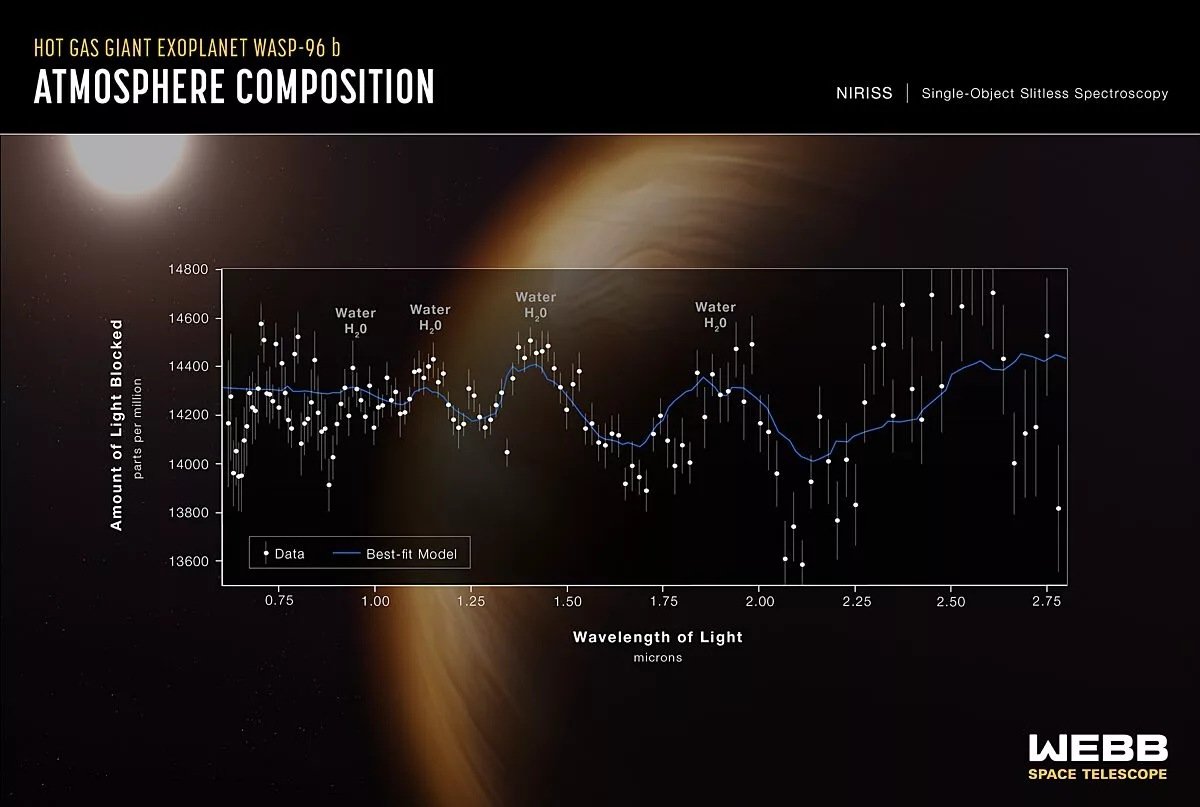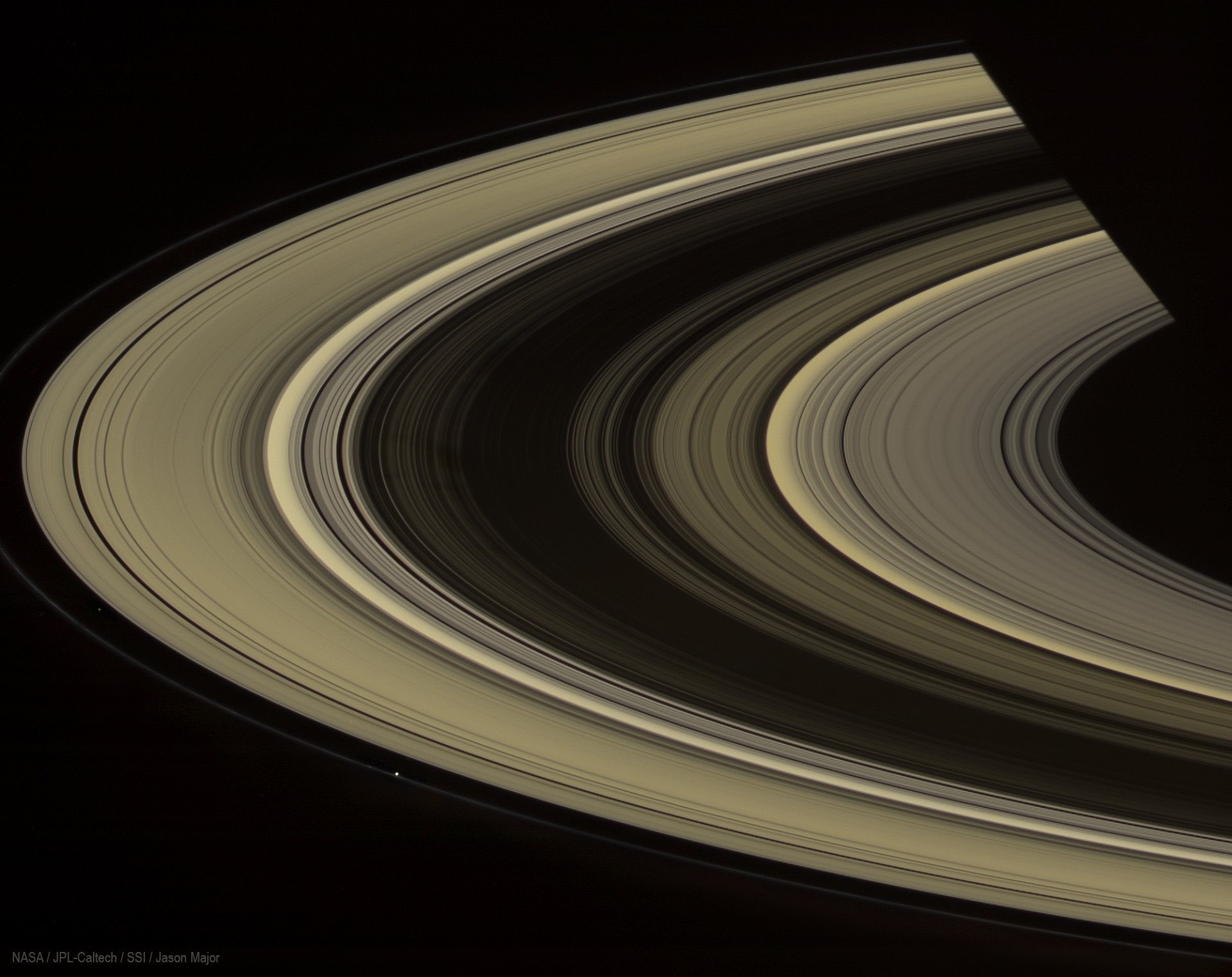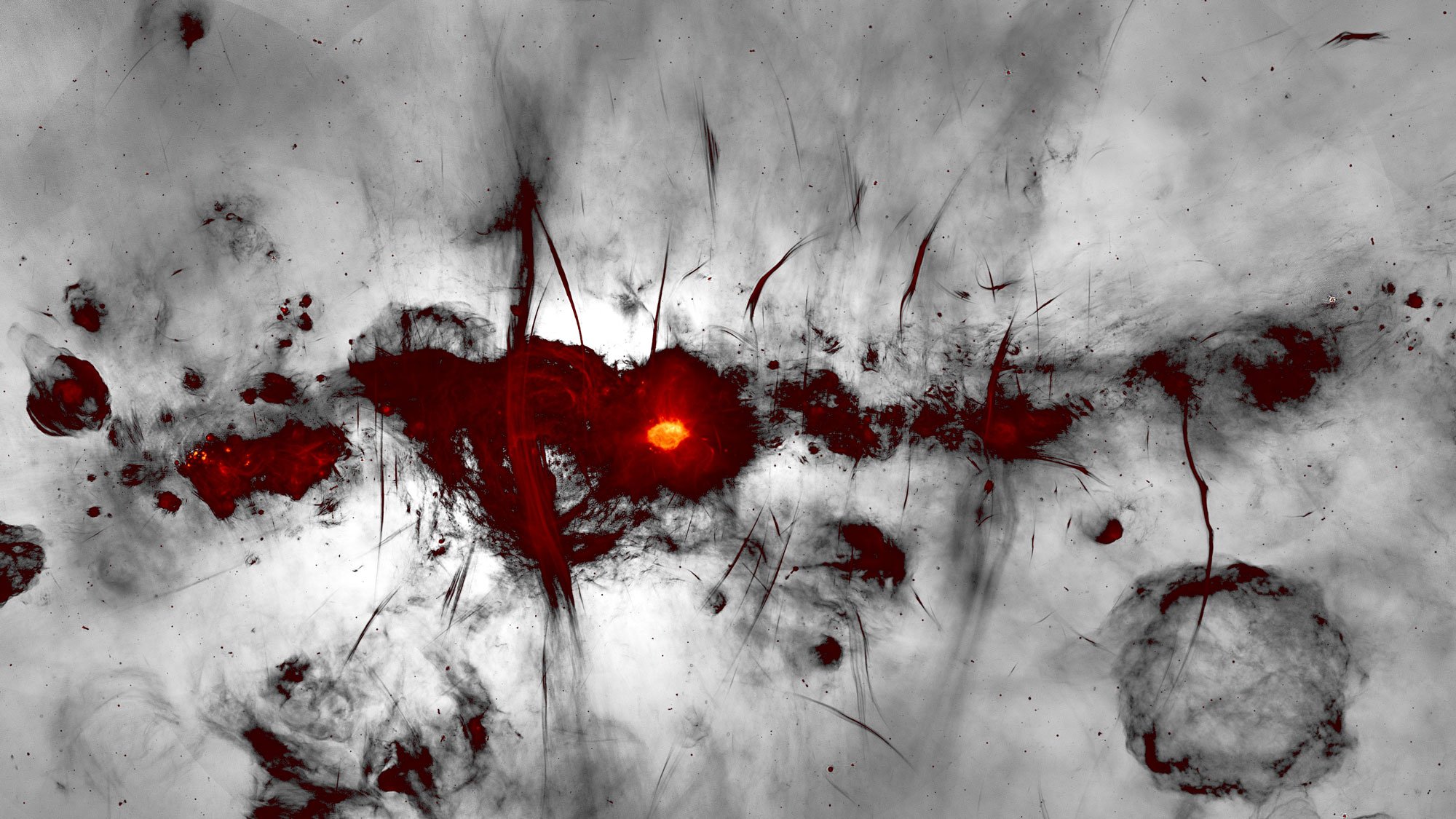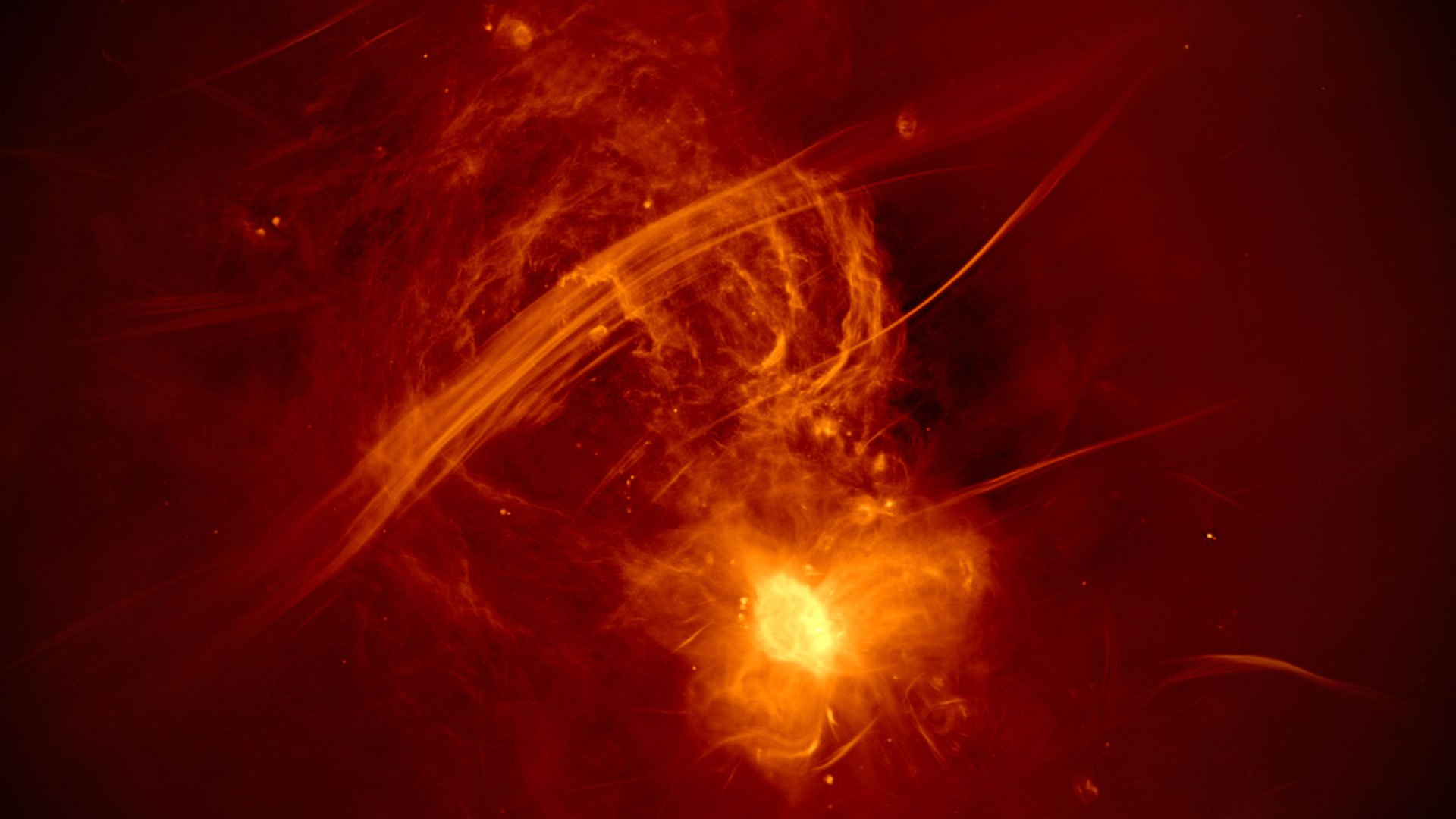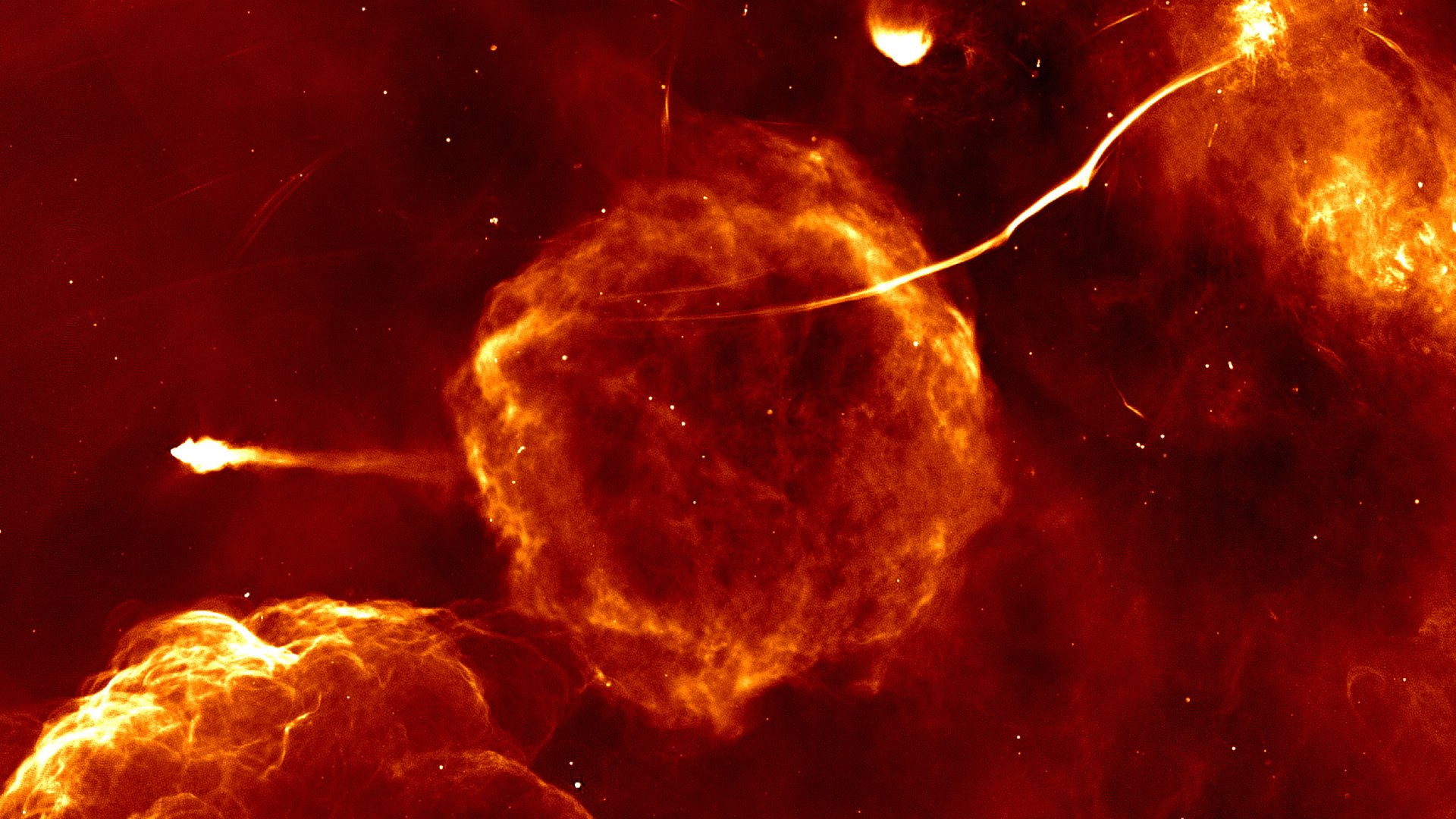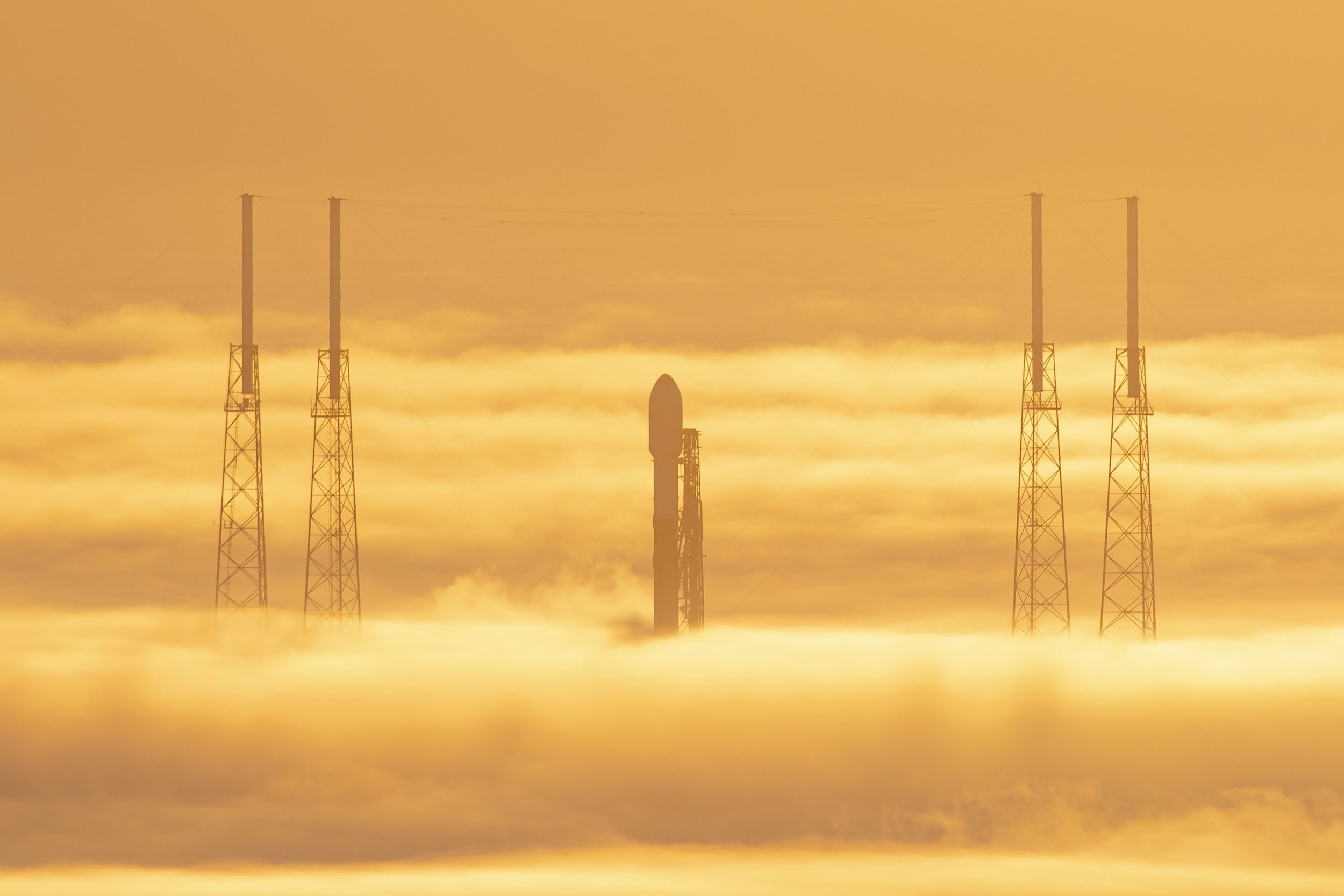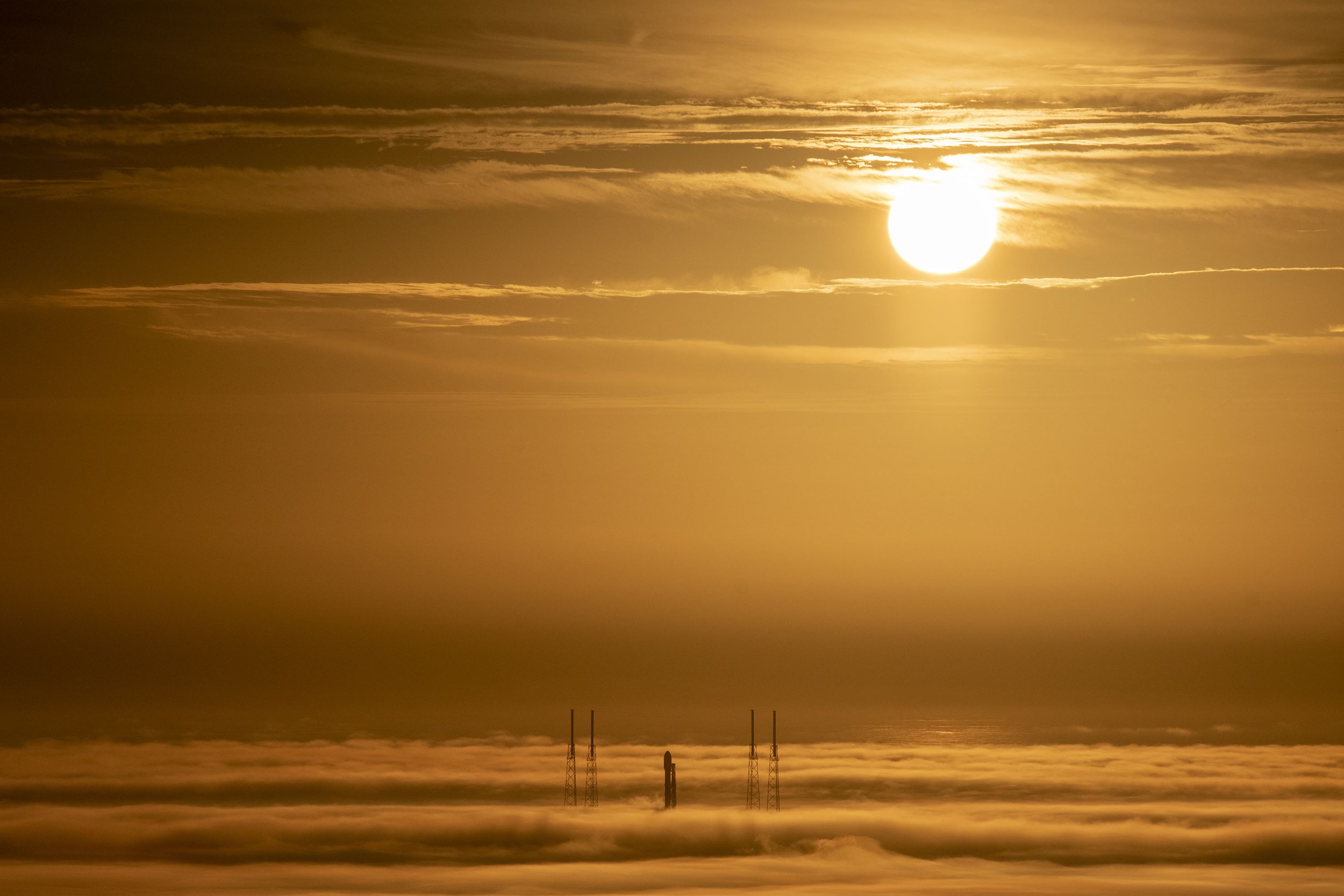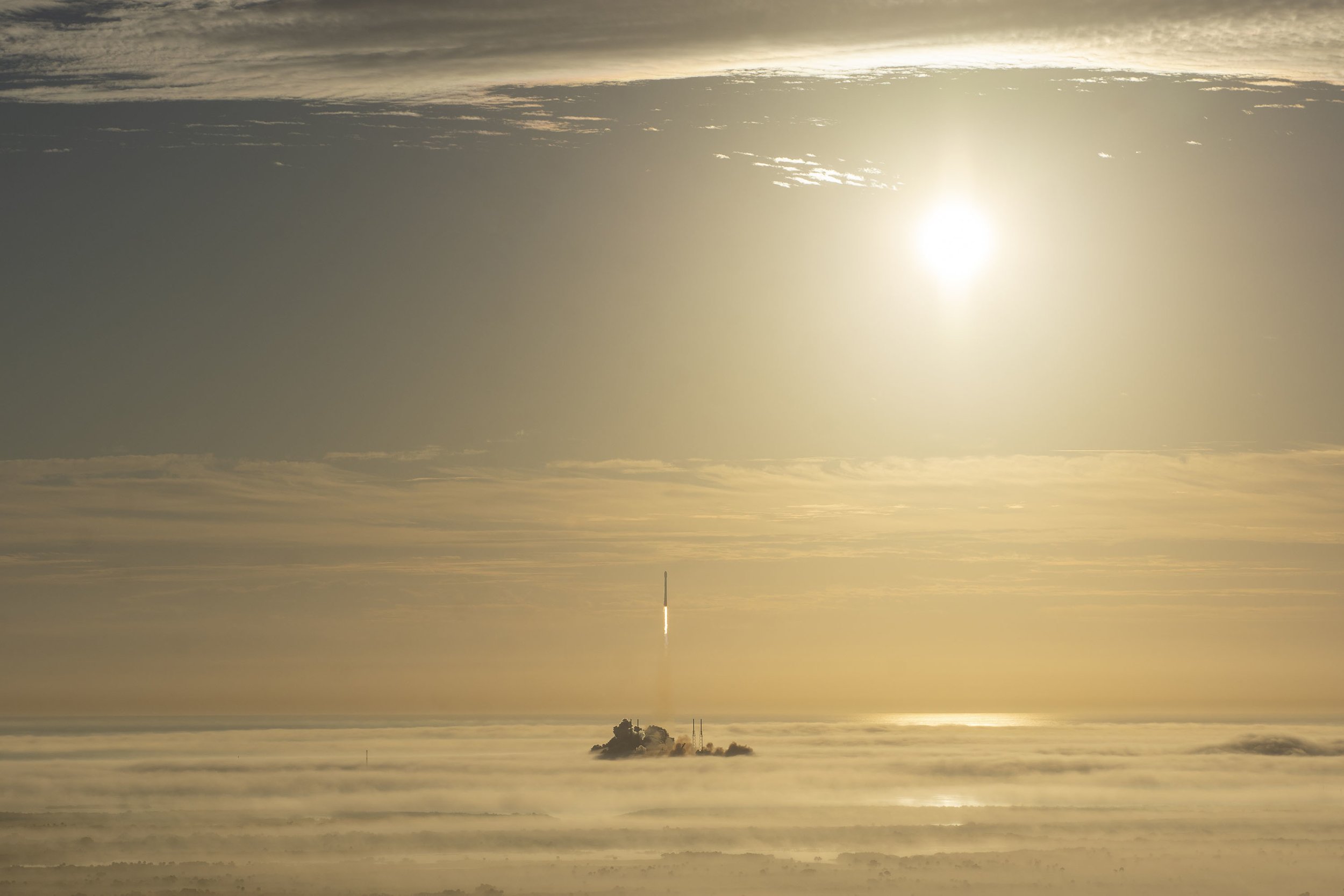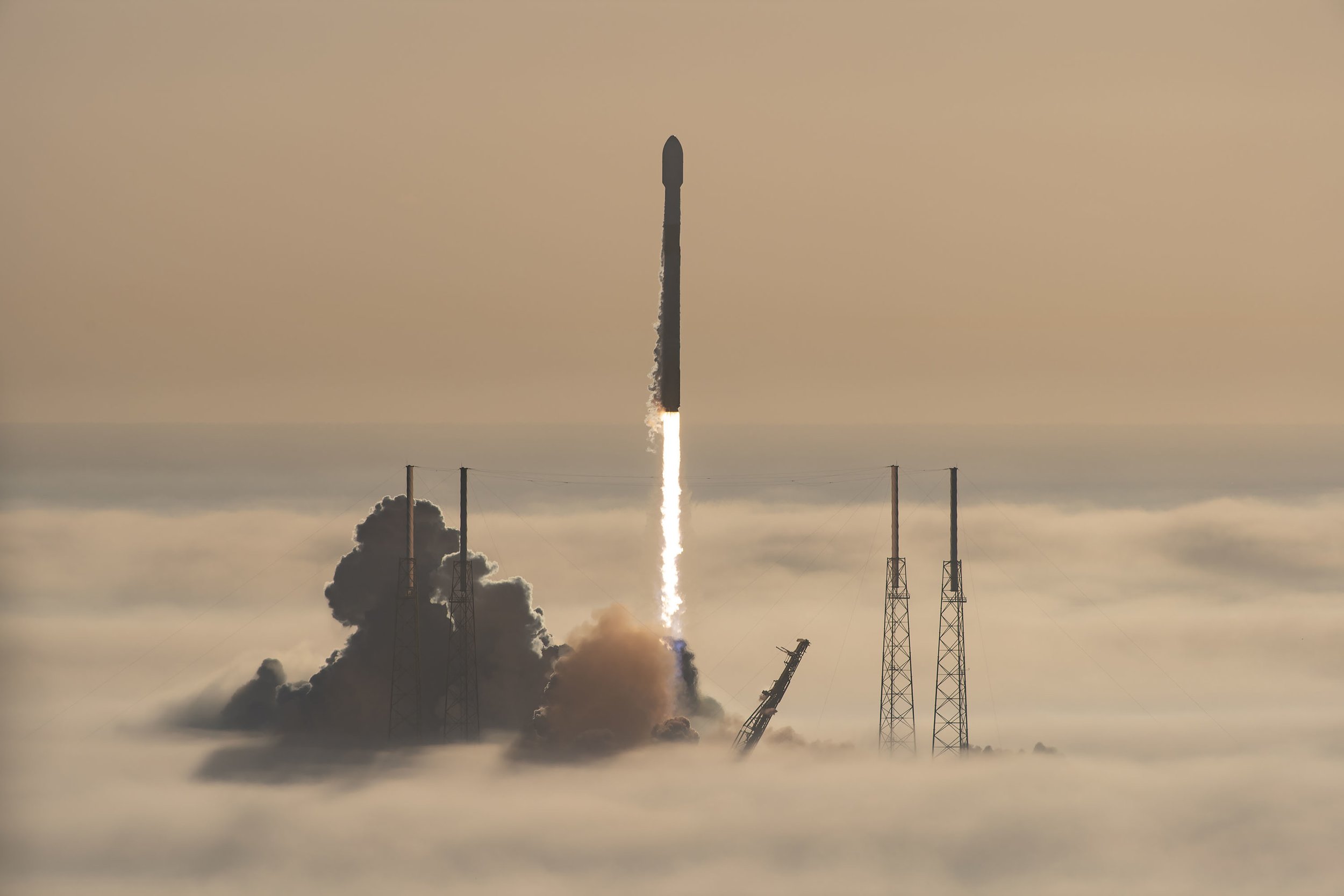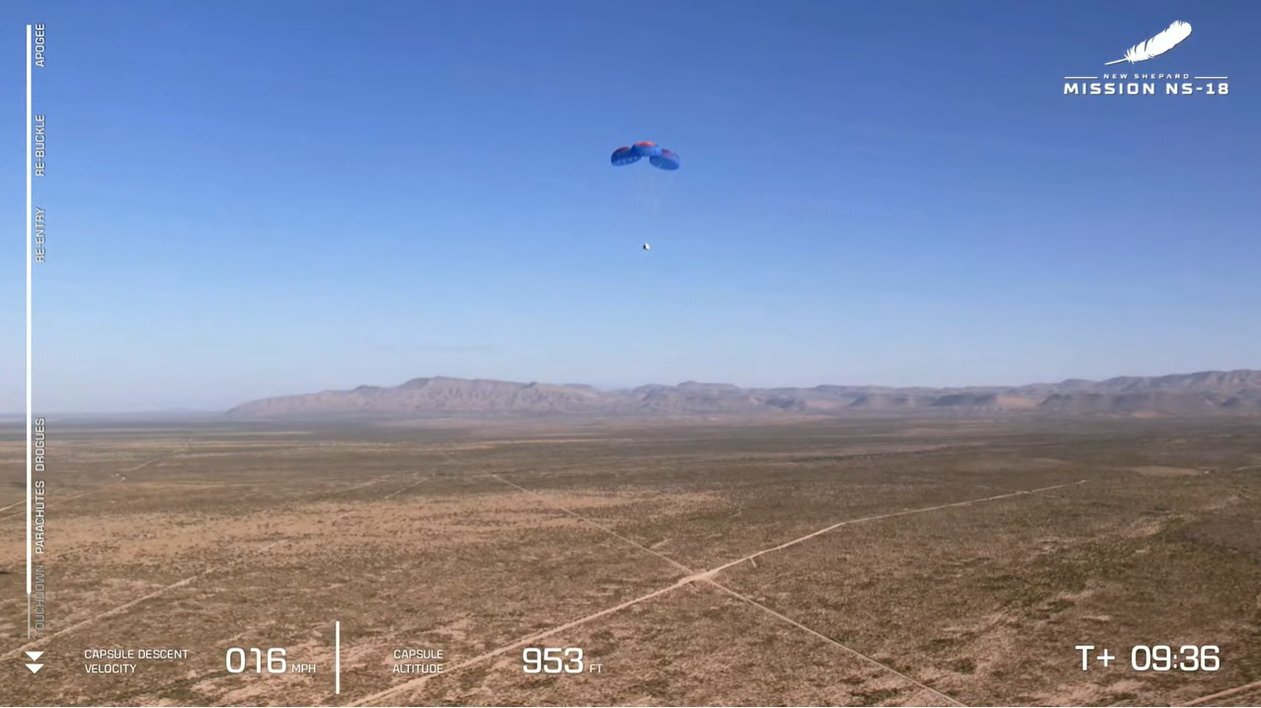Well this is just ridiculous. What an incredibly cool galaxy! This image is dancing with color and verve and motion. There's a party going on in this sector of the universe.
“NASA’s James Webb Space Telescope has peered into the chaos of the Cartwheel Galaxy, revealing new details about star formation and the galaxy’s central black hole. Webb’s powerful infrared gaze produced this detailed image of the Cartwheel and two smaller companion galaxies against a backdrop of many other galaxies. This image provides a new view of how the Cartwheel Galaxy has changed over billions of years.
“The Cartwheel Galaxy, located about 500 million light-years away in the Sculptor constellation, is a rare sight. Its appearance, much like that of the wheel of a wagon, is the result of an intense event – a high-speed collision between a large spiral galaxy and a smaller galaxy not visible in this image.” Learn more here: https://www.nasa.gov/feature/goddard/2022/webb-captures-stellar-gymnastics-in-the-cartwheel-galaxy
Originally posted on Facebook.



